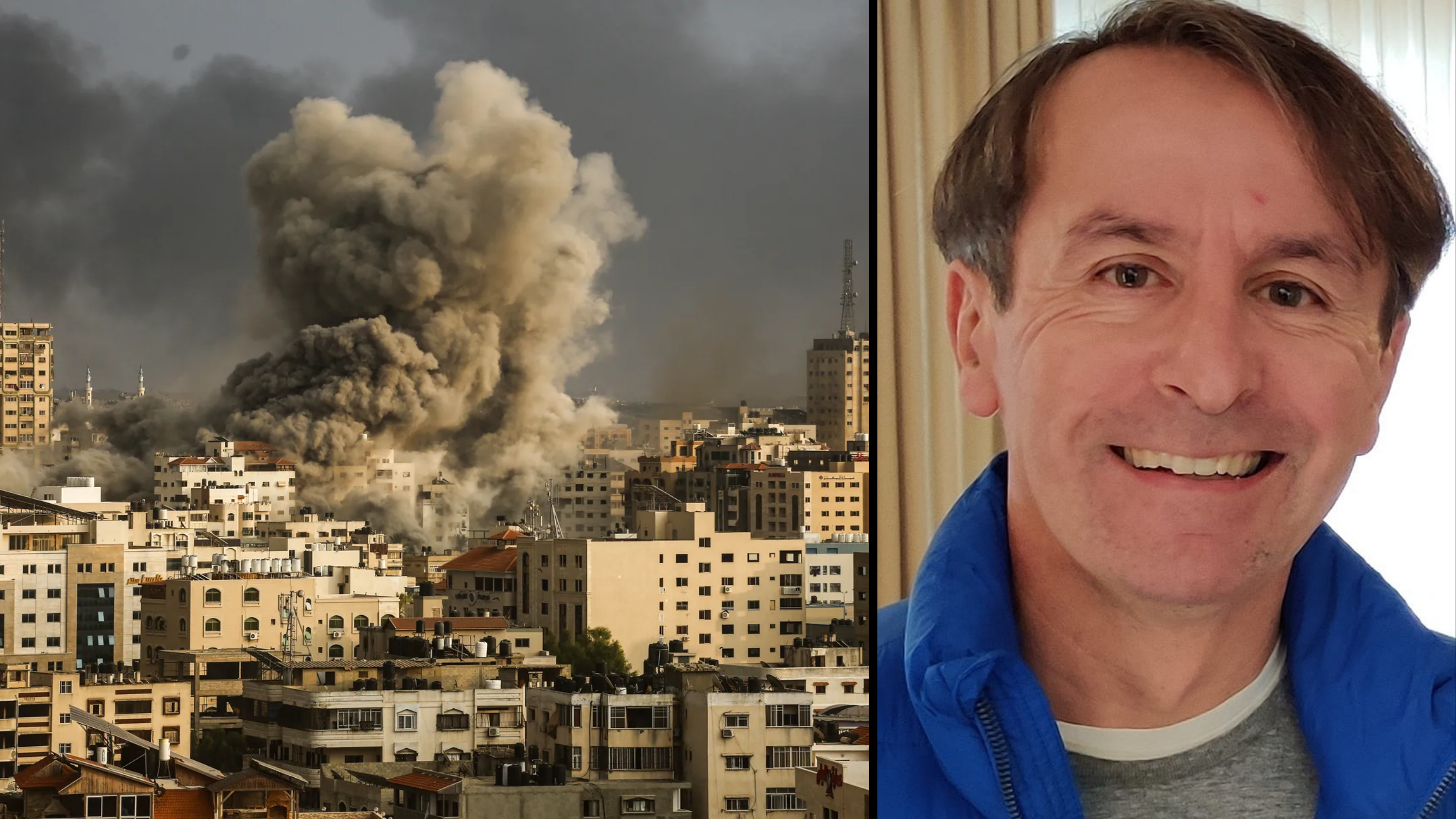Destroying Hamas: An objective complicated by urban warfare and hostages
Israel wants to destroy Hamas once and for all. But as it prepares for a ground invasion of Gaza, former AFM deputy commander David Attard believes there is a complicated reality between the political rhetoric and what can be achieved

Israel has vowed to destroy Hamas but it remains unclear how this can be realistically achieved, according to a retired senior Maltese army officer.
Colonel David Attard, former deputy commander of the Armed Forces of Malta, says Israel’s retaliation against Hamas will at best degrade its ability to carry out a similar attack in the short to medium term.
Instead, he believes a more realistic objective is undermining Hamas’s support within Gaza as civilians feel the brunt of Israel’s retaliation.
“It is unclear how the Israeli government can physically destroy Hamas despite all the political rhetoric that it will do so… A more realistic objective to be achieved by Israel is the eradication of popular support for Hamas amongst the civilian population in Gaza by laying the blame of all recent happenings on the unprecedented terror attack,” he says.
On 7 October, Hamas carried out an audacious attack on Israel that saw militants breach the border fence that separates Gaza from Israel and move into several communities where fighters killed and kidnapped civilians. More than 1,300 Israelis were killed and many more injured.
The Israeli army now says more than 120 people, including children, women and elderly, were taken hostage by the militants back to Gaza.
Israel’s response has been a relentless bombardment of Gaza, flattening whole neighbourhoods and in the process killing almost 2,000 people. Israel has also blockaded Gaza, preventing food, electricity, fuel and medical supplies from entering the territory.
The Israeli Defence Force says it is targeting Hamas infrastructure, militant hideouts and weapons stores. But the collateral damage on the civilian population has been tremendous.
Intelligence failure
Hamas’s terror attack was the worst breach in Israel's defences since Arab armies waged war in 1973, Attard says. It was the brain child of Mohammed Deif, the supreme commander of the military wing of Hamas.
“Deif is very well versed in operational security to maintain surprise, suffice to mention that despite being Israel’s most wanted man for nearly three decades, he has eluded capture to this very day and survived at least seven assassination attempts,” Attard explains.
Israeli forces were caught on one foot as the Hamas assault unfolded by air, land and sea. Many questioned how Israel’s sophisticated security and intelligence apparatus failed to detect and anticipate such a big operation. Attard believes the reason for this failure is twofold.
“A sophisticated and extensive intelligence collection system such as the one operated by Israel today possibly places too much reliance on the gathering of electronic intelligence and when this is not complimented by a very strong human intelligence network, it is bound to fail at some point in time,” Attard says.
Added to this was a degree of complacency by the Israeli defence forces that may have been lulled into a false sense of security by Hamas’s low profile over recent years.
“This complacency was attributable to Hamas keeping a low military profile in Gaza for close to two years, thereby convincing Israel it did not want war,” Attard says, noting that the attacks coincided with the 50 anniversary of the 1973 Yom Kippur War and the 1981 assassination of Egyptian prime minister Anwar Sadat who signed a landmark peace deal with Israel. “The celebration of these special anniversaries should have led to a heightened state of alert within the Israeli Defence Forces. However, this does not appear to have been the case.”
Israeli forces will be in for a ‘hard time’
But as Israel masses its troops and military equipment outside Gaza for an impending ground invasion, Attard says any such assault will not be a walk in the park.
Israel has called up some 300,000 reservist troops and has embarked on an intensive bombing campaign to degrade Hamas’s military capabilities in Gaza. “Israel is targeting their command and control and communication facilities, their weapons and ammunitions stores and all their supporting infrastructure apart from telling one million Palestinians on Friday to evacuate northern Gaza, an unprecedented order applying to almost half the population of the territory,” Attard says.
But once the physical invasion takes place, the Israeli Defence Force will be in for a “hard time”, he adds.
“Densely populated and built up areas render military tactics much more complicated by the three-dimensional environment, the limited fields of view and fire because of the same buildings. Built up areas also enhance concealment and cover for defenders, provide for below-ground infrastructure (Hamas have been investing in this for decades), and provide ease of placement of booby traps and to deploy snipers with great efficacy.”
Furthermore, he explains, in such environments tanks are not that useful unless surrounded by well-trained infantry troops.
There will also be another reality Israel will have to contend with – the casualties of war it will suffer as a result of urban warfare and the consequent pressure this will create on political leaders.
“Attacking in urban environments will prove to be very testing on the Israeli troops and their leaders. Casualties are also expected to be very high on both sides with Israeli advances only achieved slowly after a long, hard fight should they encounter fierce Hamas resistance,” Attard says.
And the situation is more complicated because of the presence of Israeli and international hostages held by Hamas.
“In truth, no-one is in a position to establish how many lives will be lost on all sides,” Attard says in a prognosis that many fear but few appear willing to entertain.














.jpg)







